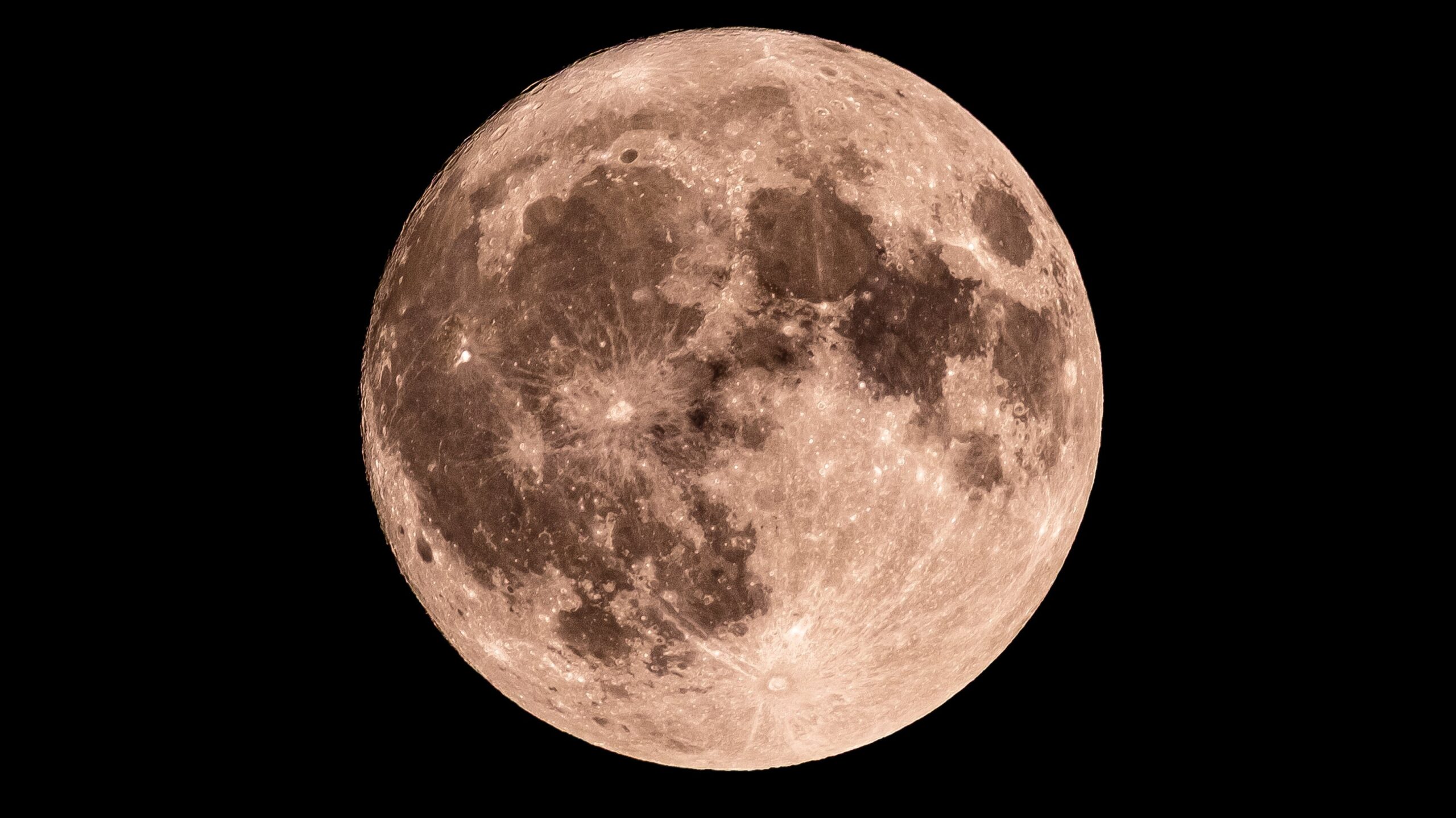Science
Discover Tonight’s Waning Crescent Moon on October 18

The moon phase on October 18, 2023, is a Waning Crescent, with only 8% of its surface illuminated. This phase will persist over the next few days as the moon approaches the New Moon, making the moon appear as a small crescent in the night sky.
While the visibility is limited, those equipped with binoculars or a telescope can observe the Grimaldi Basin, a notable impact crater measuring 124 miles in diameter. This crater is one of several features that can be seen during this lunar phase, providing a glimpse into the moon’s geological history.
Understanding Moon Phases
The phases of the moon cycle approximately every 29.5 days as it orbits Earth. This cycle occurs due to the shifting positions of the Sun, Earth, and Moon. From our perspective on Earth, the moon appears in various forms, from fully illuminated to completely dark, depending on how much sunlight reflects off its surface.
The eight main phases include:
– **New Moon**: The moon is situated between Earth and the Sun, rendering it invisible.
– **Waxing Crescent**: A sliver of light appears on the right side.
– **First Quarter**: Half of the moon is illuminated on the right side.
– **Waxing Gibbous**: More than half is lit but not yet full.
– **Full Moon**: The entire face of the moon is visible.
– **Waning Gibbous**: The moon begins to lose light on the right side.
– **Third Quarter**: Half of the moon is lit, but now the left side is illuminated.
– **Waning Crescent**: A thin sliver of light remains on the left side before it goes dark again.
Upcoming Lunar Events
For those interested in the moon’s cycles, the next full moon is scheduled for November 5, 2023. This event marks the transition from the Waning Crescent to a more visible phase, offering a spectacular view for skywatchers.
Engaging with the moon and its phases provides a unique opportunity to appreciate the celestial dynamics at play. Observing the moon not only connects us to ancient traditions of stargazing but also enhances our understanding of the natural world.
-

 Business4 days ago
Business4 days agoInvestors Eye Potential $60,000 Gains with Ozak AI Token
-

 Politics5 days ago
Politics5 days agoFormer Pastor Arrested on Human Trafficking and Indecent Charges
-

 Business5 days ago
Business5 days agoQuotient Wealth Partners Adjusts Holdings in iShares Russell 1000 ETF
-

 Lifestyle5 days ago
Lifestyle5 days agoNatty from KISS OF LIFE Stuns in Micro-Shorts at Seoul Event
-

 Politics4 days ago
Politics4 days agoSkip Bayless Critiques Travis Hunter’s Game Day Baptism
-

 Business5 days ago
Business5 days agoCalifornia to Ban All Plastic Bags in Grocery Stores by 2026
-

 Entertainment5 days ago
Entertainment5 days agoUtah Residents Face Resource Shortages Amid Ongoing Government Shutdown
-

 Entertainment5 days ago
Entertainment5 days agoPete Davidson Surprises Pregnant Girlfriend with Private Jet to Concert
-

 Entertainment5 days ago
Entertainment5 days agoAce Frehley, KISS Guitarist, Passes Away at 74 After Fall
-

 Politics5 days ago
Politics5 days agoIberia Parish Sees Surge in Marriage Licenses Issued in October
-

 Science5 days ago
Science5 days agoCommunity Mourns Loss of Judith Ernst, Pioneer Educator at 81
-

 Entertainment6 days ago
Entertainment6 days agoEastside Kings Festival Celebrates Austin’s Rich Blues and Jazz Heritage









